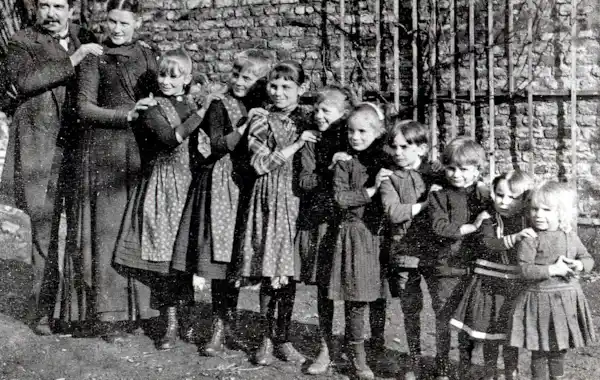16 April 2020
|
The ten-yearly census for the UK can be used for so much more than discovering where your ancestor lived, as our five top tips reveal.
Most of us will have used the census to discover an ancestor's occupation and address at ten-yearly intervals of their life. However there are other clues to find that could take your research in a whole new direction, as our top tips reveal.
1. See your ancestor within a family setting
Each census is likely to show your ancestor living with family members, who can all be added to your family tree once you've checked their details. Look for siblings, spouse, parents and children. By adding these to your online tree you’re improving your chances of finding new information from other living descendants of different branches of the tree.
Remember that an ancestor’s siblings will often have gone on to have families of their own – and these will be descendants with whom you share a common ancestor. You may get lucky and find yourself in touch with someone who’s happy to work with you on that branch of the tree.
2. Clues for between the censuses
The census is great for pinpointing a person every 10 years, but what about the years in between? By looking at the birth year and birthplace of each listed family member, you can see where the family lived in that particular year. Our ancestors often moved around in search of work or to be with other relatives and so birthplace clues from each census might allow you to see 2 or 3 changes of location within a decade.
3. Track back through pre-census years
Although the 1841 census is the first UK-wide one (earlier censuses from 1801 were head counts, few of which have survived) there are clues on these 1841 and onwards censuses that can help you trace your family further back.
Look for the year and place of birth of your ancestor – and their parents if applicable – and you can then search parish registers for baptism, marriage and burial records to help you take the story further back.
4. Clues from non-family housemates
You can also gain further clues from people listed in the same household who aren’t (or don’t seem to be) family members. Adults staying with the family could well be lodgers, showing an extra stream of income for the household, or people listed as domestic servants probably indicate the family were prosperous enough to employ household staff.
Bear in mind that lodgers could be in-laws, distant family or family friends – it’s always worth keeping a note of their names and the relevant census in case you come across the same names later on in your research.
5. Taking your study further
Whilst it’s fascinating to find an ancestor and their family on the census, don’t miss out on the opportunity of widening the net. Check the census records for the rest of the street to find out the occupations within other households (giving an idea of the social make-up of the area), plus the possibility of spotting relatives living nearby. Many families, particularly those who moved to a different area in search of work, would take a house near to relatives for extra support.
 Download our brand digital guide How to Search and Use the Census for Family History.
Download our brand digital guide How to Search and Use the Census for Family History.
Find out how to use the census to trace your ancestors back to 1841.
Just £1.99 (99p for subscribers). Download here.








